Chinese government has a plan to assimilate the ethnic Tibetan children living in Tibetan autonomous regions: send them to boarding schools. In the early 20th century, tens of thousands of Tibetans were castrated and sterilized as part of an effort by the Chinese Communist Party (CCP) to achieve “ethnic homogenization” and wipe out the culture, language, and religion of ethnic minorities. The program was so widespread that it affected over 1 million people — mostly from minority groups — over three decades. Today, this practice is being used against Tibetans once again in order to force assimilation onto them. Let’s take a look at how.
Boarding Schools in Tibet
The Chinese government has continued to enforce its assimilation plan in Tibetan boarding schools in Tibetan Autonomous Regions (TAR). In 1984, at the height of the Tibetan uprising against Chinese rule, the CCP began using boarding schools to assimilate ethnic Tibetans. Since then, there have been hundreds of reports of forced assimilation and human rights violations in Tibetan boarding schools. In 1994, the government imposed a “Cultural Revolution-style” education program on Tibetan boarding schools. Students were forced to engage in long political study sessions and attend “political study camps,” where they discussed sensitive topics such as the “true meaning of the Chinese Communist Party’s historical accomplishments” and the “importance of the Communist Party’s leadership.” Students were also forced to sing China’s Tibet policy and discuss the classifications of Tibet’s “historical figures” and “historical facts.” In TAR, all of this was accompanied by intense political education and propaganda campaigns, including “criticizing the Dalai Lama and his followers, studying the Life of Chairman Mao, and studying a “model essay” on the “two wheels of the same cart.” Students were also forced to participate in “struggle sessions” and denounce their family members who had been “blackened.”
Forced Assimilation in Chukung
The CCP government forced ethnic Tibetan children to assimilate by forcing them to attend boarding schools in Tibetan autonomous regions. In Chukung (in Chinese, “Chugung”), there were 12 boarding schools for Tibetan children, with 2,000 children in each school. In Chukung, the CCP used forced assimilation with the aim of eradicating Tibetan culture. The CCP forced Tibetan children to sing patriotic songs, study the Life of Chairman Mao, and denounce their families. These children were forced to denounce their religion, culture, and language. They were forced to reject Tibetan culture and denounce Tibetan Buddhism. These Tibetan children were forced to “change their thinking.” The CCP forced Tibetan children to sing Chinese propaganda songs, criticize the Dalai Lama, and denounce his followers. Children were also forced to criticize their families who had been “blackened.”
Language Reform and Destruction
The Chinese government used forced assimilation in boarding schools to destroy the ethnic Tibetan language and culture. In Tibetan boarding schools, students were forced to study the Chinese language and Chinese history and culture. In schools for ethnic Tibetan minorities, Chinese was the only language allowed. However, even the Tibetan language was banned. Tibetans were banned from speaking their own language and were instead forced to speak and study Chinese. These forced assimilation policies were enforced through the use of political education, threats, and violence. Students were forced to study propaganda, denounce their family members who had been “blackened,” and criticize the Dalai Lama and his followers.
TV, Internet, and Mobile Phone Restrictions
The Chinese government used forced assimilation in boarding schools to control and monitor students. Students were forced to report to the authorities every time they wanted to watch TV, use the Internet, or make or receive phone calls. For Tibetans, these were especially strict regulations, as they were not allowed to watch TV in their own language. Students were also forced to take part in political discussions and campaigns. In boarding schools, Tibetan students were forced to study and sing propaganda about the life of the Chinese Communist Party’s founder, Chairman Mao Zedong. They were also forced to denounce their families who had been “blackened,” criticize the Dalai Lama and denounce his followers. They were forced to criticize the “two wheels of the same cart” and the “true meaning of the Chinese Communist Party’s historical accomplishments.”
Physical Assimilation of Boarding School Students
The Chinese government used forced assimilation in boarding schools to physically assimilate Tibetan students through forced labor, spanking, beatings, and brainwashing. Students were forced to work in agricultural cooperatives and factories in Tibet, and the Chinese government also forced students to study in remote regions of Tibet and work on construction sites. Many students were also forced to fight in the People’s Liberation Army (PLA). For example, in the Amdo Tibetan Autonomous Prefecture, students were forced to form armed groups to fight against ethnic Tibetan resistance forces, and some were even forced to join the PLA and fight against ethnic Tibetan rebels in other parts of Tibet. The Chinese government also used detention to force students to work for them. When students refused, they were punished. While in detention, students were forced to study propaganda, denounce their family members who had been “blackened,” criticize the Dalai Lama and his followers, and criticize the “two wheels of the same cart.” Students were also forced to participate in political discussions and campaigns, and they were sometimes forced to take part in physical labor.
Psychological Assimilation of Boarding School Students
The Chinese government used forced assimilation in boarding schools to mentally assimilate students. Students were forced to denounce their families, criticize the Dalai Lama and his followers, and denounce Tibetan culture and religion. They were forced to criticize the “two wheels of the same cart” and the “true meaning of the Chinese Communist Party’s historical accomplishments.” Students were also forced to participate in political discussions, campaigns, and propaganda campaigns. For example, in a campaign in Chukung, students were forced to “criticize the Dalai Lama and his followers, denounce the ‘two wheels of the same cart’ (i.e., the Dalai Lama’s religious and political authority over Tibet), and denounce the ‘true meaning of the Chinese Communist Party’s historical accomplishments.’”
Conclusion
The Chinese government’s forced assimilation of Tibetan children in boarding schools aims to destroy Tibetan culture and religion and destroy the Tibetan language and identity. The Tibetan rights group, Tibetan Centre for Human Rights and Democracy (TCHRD), has documented many of these abuses in boarding schools in Tibetan autonomous regions, such as Tibet Autonomous Region and Amdo Tibetan Autonomous Prefecture. The Chinese government forces Tibetan students to denounce their families, criticize the Dalai Lama, criticize the “two wheels of the same cart,” denounce the “true meaning of the Chinese Communist Party’s historical accomplishments,” denounce Tibetan language and culture, denounce Tibetan Buddhism, and denounce their ethnic identity. Students are forced to promote Chinese culture and history, reject Tibetan culture and religion, and reject the Tibetan language and identity. The Chinese government also uses forced labor, detention, beatings, and spanking to slow down the assimilation process. When these policies are enforced on Tibetan children, they have great psychological and emotional consequences. Many students report feeling extremely depressed and suicidal due to the pressure of these policies. This is especially true for Tibetan children, who have been told they are the “lowest minority group” and are treated as such. This degradation is especially devastating for Tibetan children, who have been denied access to education in Tibetan, who have been banned from speaking their language, and who have been denied access to Tibetan culture and religion.

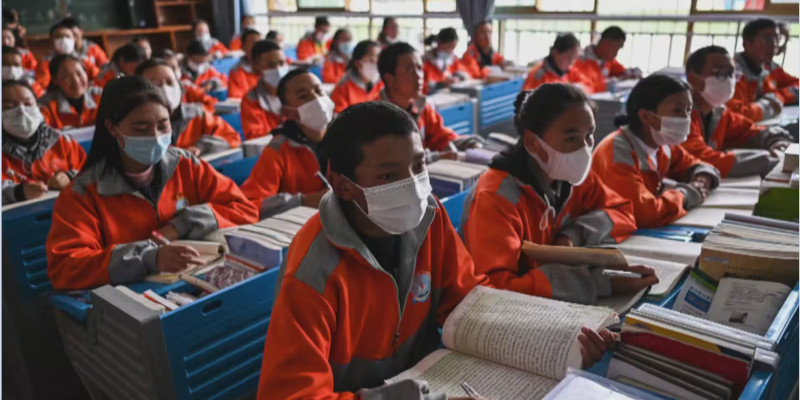
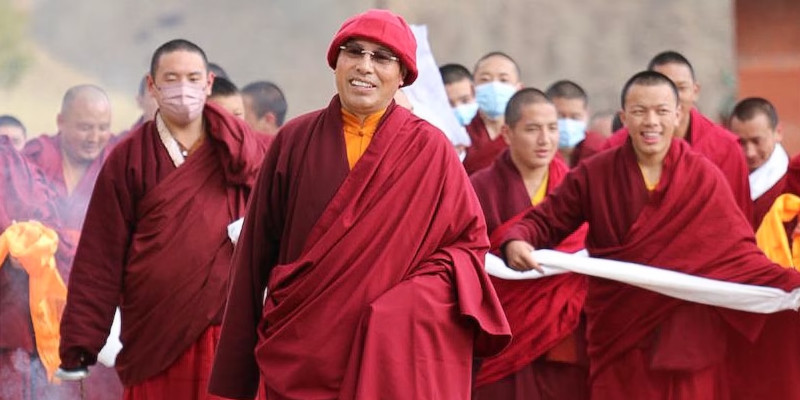
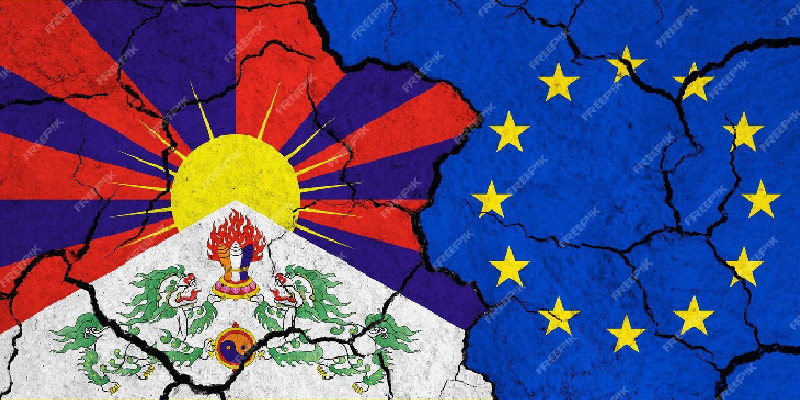

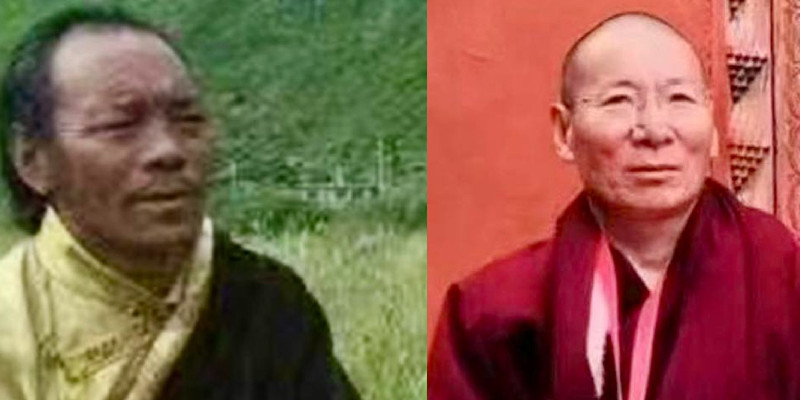
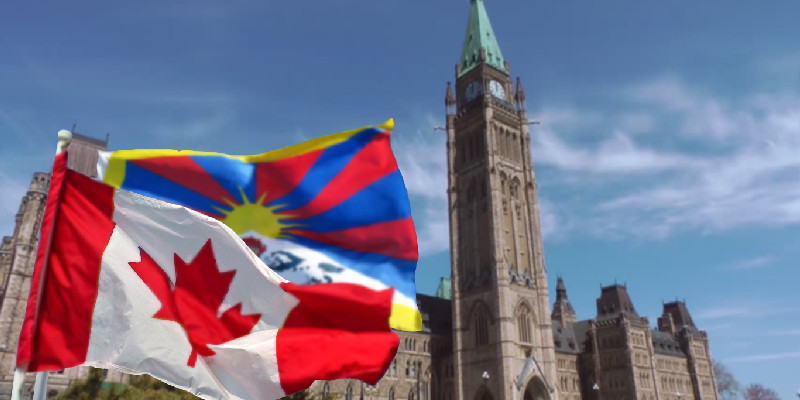
Leave a Reply